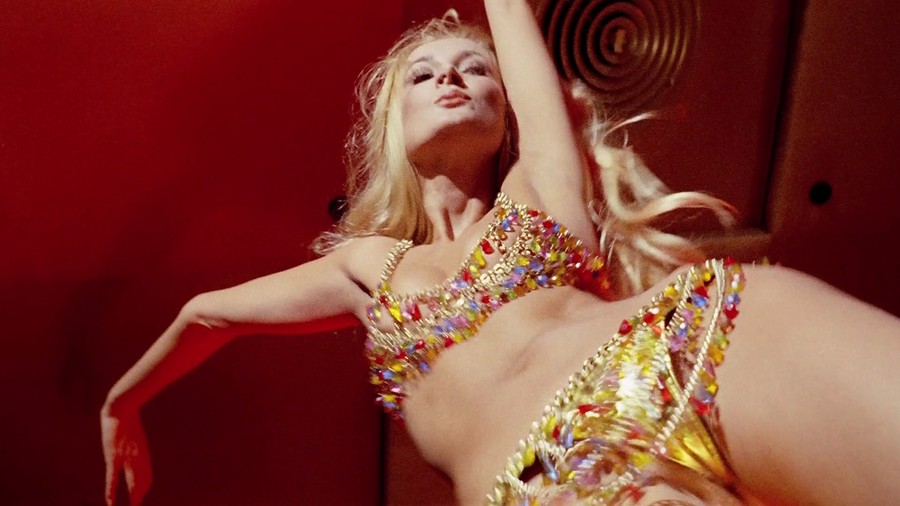
Caliber 9 (1972), or in Italian Milano calibro 9, is Fernando Di Leo’s masterpiece of the Poliziotteschi genre. Caliber 9 is the first film in Di Leo’s Milieu Trilogy; a triptych of films that align organized crime and the police force as mirror images of corruption and ineptitude. Caliber 9 isn’t just an escapist crime film, it’s a political statement. It is Di Leo’s way of shocking viewers into action with spectacles of violence ripped directly from newspaper headlines. Caliber 9 is a bold film in the maverick tradition of Samuel Fuller.
Di Leo’s screenplay and direction are wrought with a tension that slowly escalates until the twist ending; as if the true crime genre has been filtered through the lens of Film Noir. That is to say that Caliber 9 is packed with archetypes and plot devices associated with Film Noir but presented with the expressionistic grit of John Boorman’s Point Blank (1967) and Don Siegel’s The Killers (1964). There are few shadows in the world of Caliber 9 in which criminals can hide. The flat, even lighting working as an equalizer for cops and gangsters alike.
Caliber 9 follows Ugo (Gastone Muschin), just released from prison for good behavior, who is harassed by Rocco (Mario Adorf) and other members of his former gang who believe he made off with some money three years prior. When Ugo’s fellow gangsters aren’t threatening him or beating him up the police Commissario (Frank Wolff) takes his turn to get some shots in. With the help of his femme fatale girlfriend Nelly (Barbara Bouchet), an exotic dancer, Ugo is able to sow seeds of paranoia between various gangs and gang members, gradually turning them against each other until the time is right for him to exact his revenge.
Fernando Di Leo draws heavily on the motifs of classic American gangster films; this is indisputable. But the influence of French director Jean-Pierre Melville, particularly on how Di Leo paces his film, cannot be stressed enough. Like Melville, Di Leo stresses the importance of observation to the successful criminal. Often in scenes Ugo has very little dialogue yet the camera stays with him, watching him observe and listen almost as if he too were a spectator. The viewer immediately wants to know what Ugo is thinking, what he will do, and how do Rocco’s plans effect his own?
The expressionistic tendencies mentioned above work as a kind of punctuation or flourish. Tilted and sideways camera angles appear quite rarely in Caliber 9 but it’s this scarceness that gives them their agency. Besides occurring during shootouts these angles happen one other time; when Ugo first sees Nelly again dancing at the club. Ugo’s perspective thematically motivates this technique as if the camera were suddenly overcome by the character’s gratification. Localizing this mode of framing as representing Ugo’s gratification during scenes of sexual desire and violence links the two signified concepts as part of the grander masculinist and phallic-centric visual complex of the film.
The other films in Di Leo’s Milieu Trilogy, The Italian Connection (1972) and The Boss (1973), aren’t as aesthetically or thematically as cohesive as Caliber 9. Caliber 9 is, on the stage of world cinema, as vital and groundbreaking in many ways as the more renowned The French Connection (1971) and Dirty Harry (1971). Caliber 9 is a reaction to these films but in such a way as to evolve the genre. Unlike these earlier American pictures Caliber 9 is overtly politically liberal and a move toward combining the harshness and grittiness of New Hollywood thrillers with the Noir and Neo-Noir traditions.
